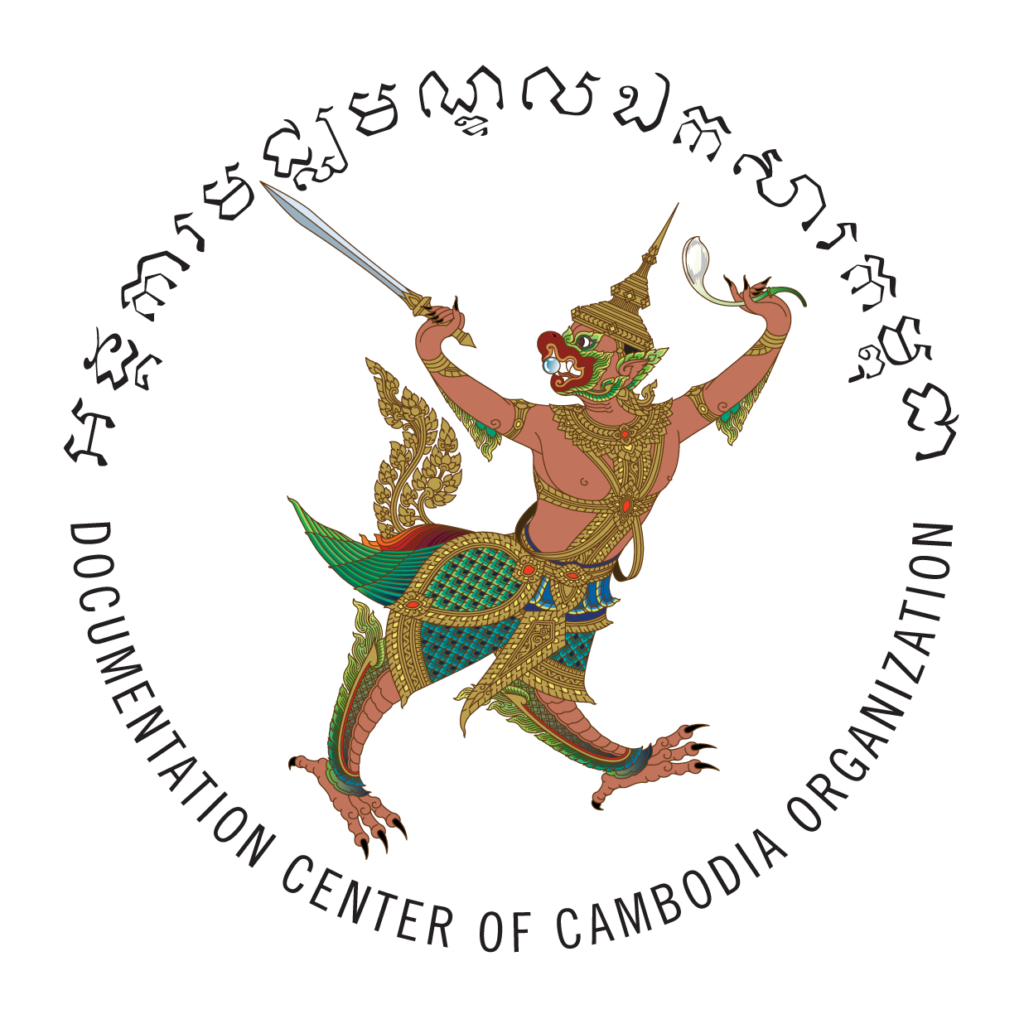On November 11-14, 2017, fifteen students and pre-service teachers took part in an educational tour to Anlong Veng, the final stronghold of the Khmer Rouge movement. Ten pre-service teachers travelled from Battambang Regional Teacher Training Center to Anlong Veng to join five other students of Anlong Veng High School to embark upon a four-day study tour organized by the Anlong Veng Peace Center, an initiative of Documentation Center of Cambodia (DC-Cam) in collaboration with Ministry of Tourism.
On the first day of the trip, both the participants and the staffs of Anlong Veng Peace Center spent much of the day travelling to Anlong Veng district. While having dinner together after arriving from a long day of travel, the staff of Anlong Veng Peace Center and the ten participants from Battambang Regional Teacher Training Center took some time to introduce themselves and had a brief discussion about the work of Anlong Veng Peace Center, the trip’s itinerary, and what were their expectations from the trip.
When asked what they wanted to know the most from the educational trip, many participants showed strong interest about the learning of the livelihood of Anlong Veng people and Anlong Veng Museum (Ta Mok’s Former House). On the other hand, a few of the participants had a very particular curiosity regarding the reason why Ta Mok moved to Anlong Veng. The discussion was wrapped up by briefly stressing the importance of history and its application to deal with any arising issues. As an assignment, the participants were asked to reflect on the factors that could develop peace and reconciliation and to explain them to the rest of the group, and to think of three questions about Anlong Veng’s history that they wanted to explore.
The second day of the educational trip started at a community house in O-Korki Kandal village where most of the day’s activities took place. The morning meeting included a brief introduction about the Anlong Veng Peace Center and its two books (A History of Anlong Veng Community: The Final Stronghold of the Khmer Rouge Movement and Anlong Veng Guidebook).
When asked about what they know about KR, the participants replied with various answers such as: KR’s 4-Year Plan, the purges, DK history teaching methodology, the forced transfer, cooperative life, the biography of KR leaders, historical dates, serious human rights violation in KR regime, Anlong Veng historical sites, and the hardship of people during KR regime…etc. The participants were asked about what they want to know about the KR. This would be a learning process that would prepare them for the next day’s interviews.
After the discussion and a series of presentations, the 15 participants were divided into 3 groups to discuss and present about the meaning of “peace” and “reconciliation” as well as how to achieve it. The three groups discussed the two concepts at various places and had to produce their answers on the flipchart. Each group had their group leaders who would present their finding.
Twenty minutes later, group one volunteered to present their result of the discussion. They defined peace as understanding, unity, and co-existence. The group continued to define the term “reconciliation” in the sense of conflicting parties trying to reach an agreement and heal the uneasy relation conflict. Once again, they can co-exist and live in harmony.
Group Two’s definition for peace is harmony, prosperity, freedom, and development while, to them, reconciliation means reconnecting, understanding, and seeking justice in order to find a sound solution for both parties of conflict. When asked how they could achieve peace and reconciliation, the group simply answered “We can study hard and try to think for the solution to the conflict”.
Group Three answered that peace is the sound of both mind and body and reconciliation means unity. Therefore, to achieve peace and reconciliation in the society, one must not exploit other, be highly educated, clearly understand what peace is, has thoughtful and capable leaders, and thoroughly think about the consequence of one’s own action.
The morning session ended with the presentation on various topics of history in connection with Anlong Veng and Khmer Rouge in general. The afternoon’s session continued with film screening about the work of Anlong Peace Center as well as some of the methods and techniques for interviewing people. The participants had the chance to talk with two civil parties, Mr. Om Teng and Mr. Mon Mao from Chongkal district, Oddar Meanchey province. The two speakers narrated their personal experiences and engaged in a fruitful discussion about this history.
At the end the day, the participants were given a tour by two tour guides, who were trained by the Anlong Veng Peace Center’s team and instructors from the Ministry of Tourism, in September 2017. Given the time constraint, the participants could visit Anlong Veng’s Museum (Former Ta Mok’s house), Tamok’s bridge, Pol Pot’s grave, and finally the Anlong Veng Peace Center itself.
On the third day, the participants along with the civil parties were taken to Andaung Bei village in Lomtong commune, Anlong Veng district, to meet for interviews with villagers about their experiences under the Khmer Rouge regime. During the interview, the civil parties assisted some of the participants by sharing some of their personal experiences to aid in clarifying the information from the interview. Now their interviews have been converted in articles for publication with “Searching for the Truth” magazine and Reaksmei Kampuchea, a local newspaper.
